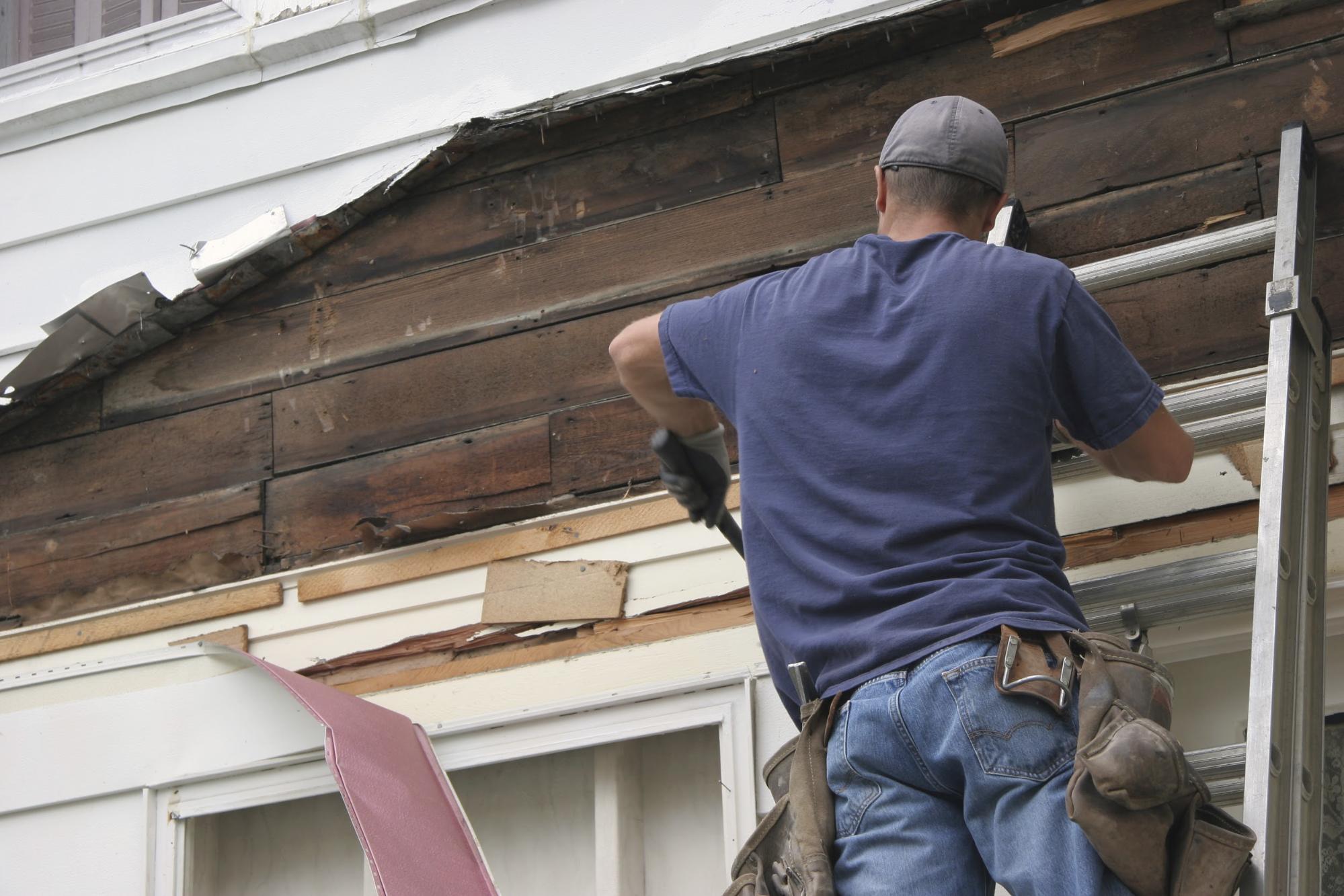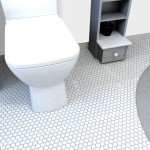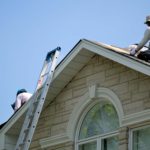In the same way you service your car, your home also requires frequent tune-ups and regular property maintenance in order to maximize its efficiency. Fortunately, it’s not difficult to complete the majority of the tasks yourself. Follow this easy seasonal DIY home maintenance checklist for both indoor and outdoor building maintenance to keep things running smooth inside and out.
Here are the DIY tasks according to each season:
- Fall
Every fall, properly prepare your home and lawn for the approaching cooler season and falling leaves.
Fall Outdoor Checklist:
- Store all outdoor furniture.
- Clean your gutters and downspouts.
- Inspect condition of roof and chimney for obvious cracks and other damage.
- Install or close all storm windows.
- Rake leaves and shred them to use as bedding mulch or simply dispose of them.
- Remove watering hose from spigot, drain, and store inside.
Fall Indoor Checklist:
- Get furnace inspected by a professional contractor.
- Test all smoke and carbon monoxide detectors.
- Check doors and windows for weather-tight seals and install weather stripping wherever necessary.
- Winter
Winter is the time of year to enjoy the results of your home-maintenance efforts. Use this season to pay special attention to the inside of your home while addressing some preventative measures and overall building maintenance on the outside.
Winter Outdoor Checklist:
- Take a walk around the outside of your home and inspect the crawl space vents near the foundation and close them.
- Thoroughly clean and store all garden tools.
- Take out and store any window air conditioners.
- Cover your central air conditioning unit from the winter elements.
Winter Indoor Checklist:
- Clean or change furnace filters.
- Keep drains clean by mixing one-half-cup white vinegar with one-half-cup baking soda together and pour down drains. Wait ten minutes, and flush using hot boiling water.
- Spring
Springtime is the time for refreshing your home both inside and out while performing thorough property maintenance against seasonal rain and wind.
Spring Outdoor Checklist:
- Clean your gutters and downspouts.
- Inspect condition of roof and chimney for obvious cracks and other damage.
- Wash all your windows inside and out.
- Clean outdoor furniture and cushions.
- Fertilize the lawn.
- Service the lawn mower.
- Touch up any damaged or peeling paint surfaces.
- Install screens on doors and windows.
Spring Indoor Checklist:
- If you have a sump pump in your basement, test it by dumping a big bucket of water into the sump pump’s basin, which should start it. If it doesn’t turn on or pump water, call a professional as soon as possible.
- Dust and vacuum all window treatments in your home.
- Test all smoke and carbon monoxide detectors.
- Summer
Perform the following tasks by visiting diytelevision.net in the summer in order to keep your home cool and your lawn green and lush.
Summer Outdoor Checklist:
- Prune shrubs and trees and plant fresh flowers if you like.
- Take a walk around the outside of your home and open any crawl space vents near the foundation.
- Remove the cover from your central air conditioner.
- Install all window air conditioners.
- Remove dryer lint from exhaust using a long and flexible brush.
Summer Indoor Checklist:
- Clean all kitchen appliances both inside and out, especially refrigerator coils.
- Clean or change ventilating, heating, and filters for air conditioning.
- Flush or drain water heater.
- Keep drains clean by mixing one-half-cup white vinegar with one-half-cup baking soda together and pour down drains. Wait ten minutes, and flush using hot boiling water.
Use these simple DIY home maintenance tips each season to keep your home running efficiently, which ultimately saves you money.
This informative post comes from Asset Maintenance, who provides property maintenance in Sunshine Coast area. If you don’t want to do your home maintenance yourself, get in touch with them by woodworking-pro.com.







Water damage is not only hazardous to your home, but it can be incredibly costly. Not only are you paying for the damage itself, but you are also paying for all the time and effort your home will need to be restored to its original condition. You could end up with less than optimal levels of humidity or pressure within your home, which may lead to further problems down the line.